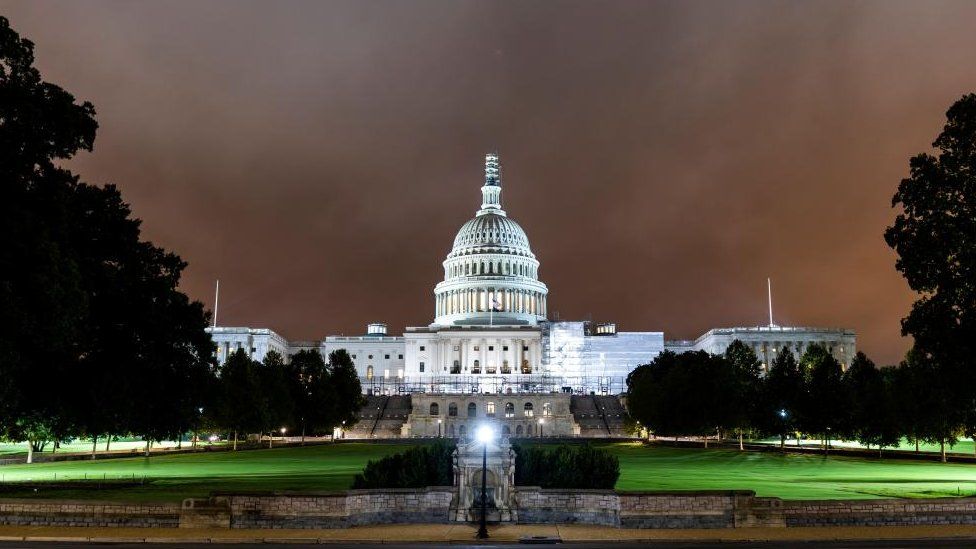-

-
-
Loading

Loading

Government shutdowns in the United States have become a uniquely American phenomenon. While most countries strive to keep their governments functioning even during times of crisis, America has experienced ten shutdowns in the past 40-plus years. This raises the question of why this continues to happen. The structure of America's federal system of government, with different branches controlled by different parties, was initially intended to encourage compromise. However, in 1980, a narrow interpretation of the Anti-Deficiency Act changed the way the government approached budget impasses. This interpretation strictly prohibited spending without an approved budget, setting the U.S. apart from other non-parliamentary democracies like Brazil. The first government shutdown occurred in 1981 during President Ronald Reagan's administration and lasted a few days. Since then, there have been at least ten more shutdowns, with varying durations. Although essential services like social security and the military continued to operate, hundreds of thousands of federal workers went unpaid during these shutdowns. In contrast, parliamentary systems found in most European democracies ensure that the executive and legislature are controlled by the same party or coalition. If a budget proposed by the prime minister is rejected, it usually triggers a new election rather than a government shutdown. Countries like Canada and Belgium have experienced political instability without impacting essential services. Canada faced an election in 2011 when opposition parties rejected the budget proposed by the Conservative Party, triggering a motion of no-confidence. Meanwhile, Belgium operated without an elected government for 589 days between 2010-2011, but essential services such as train systems continued to operate. Even more recently, Ireland managed to function smoothly from 2016-2020 with a minority government and a confidence-and-supply system, where parties not in power supported spending bills and confidence votes. In the United States, however, cooperation between political parties has become increasingly rare. The day-to-day functioning of the government is often used as a bargaining chip to extract demands from the opposing side. The most recent shutdown, for example, came about due to hardline conservative Republicans demanding deep spending cuts, which centrist Republicans and Democrats did not support. While a last-minute deal was reached to avoid a shutdown for another 45 days, the need to return to the bargaining table raises concerns about the possibility of another shutdown in the future. The outcome of future negotiations remains uncertain, as well as the impact on funding for the Ukraine war.